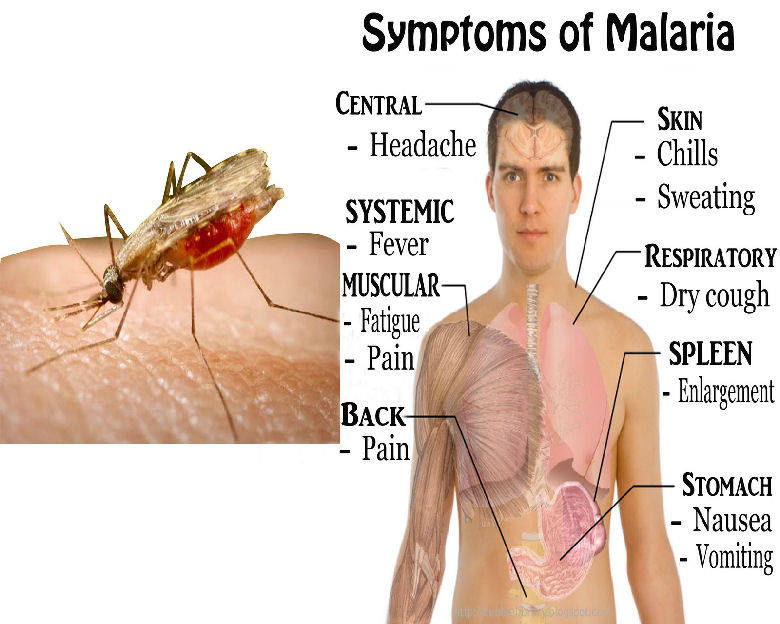211.WHAT IS MALARIA?
It may be hard for us to believe, but every year more than 2,000,000 people die of malaria! It’s one of the most common diseases in the world, especially near tropical rivers and coasts. The reason it’s common in such regions is that they are the habitats of the anopheles, the mosquito which carries the germ.
The malaria germ destroys red blood cells. Each germ soon divides into several parts. These are released from the red blood cell to attack new blood cells, causing chills and fever.
Chills followed by fever are a common sign of malaria. Attacks come usually every three or four days. In the most serious cases, the destroyed red blood cells may clog the blood vessels (usually of the brain) and cause death.
The germs live in the stomach of the female anopheles mosquito. These germs travel from the mosquito’s stomach to the salivary glands in its mouth. When the mosquito bites a human being, the germs enter the blood stream.
While malaria is such a common disease, health officials believe it is possible to wipe it out someday. This is because if the anopheles mosquito were controlled, the germ would not spread. But in order to do this, all kinds of international groups and many governments would have to get together on a planned program. So far, the best hope for accomplishing this is to spray every dwelling in the regions where malaria exists with DDT.
Another way to control the anopheles mosquito is to clean out its breeding grounds. This involves draining swamps, stagnant pools, rain barrels—every possible place in which the mosquito might lay its eggs.
Before the cause of malaria was discovered, it was believed that damp “poisonous” swamp air was the cause. And that’s how the disease got its name—the word “malaria” comes from Italian words meaning Bad air!”



Leave a Reply